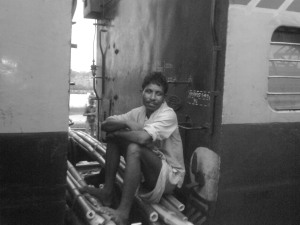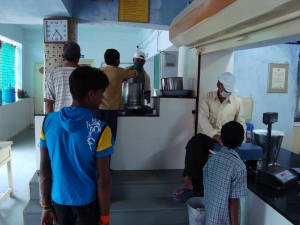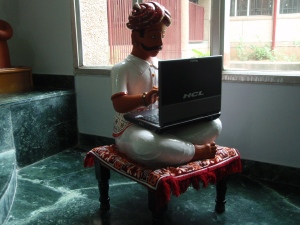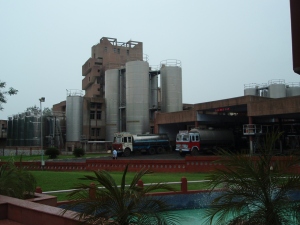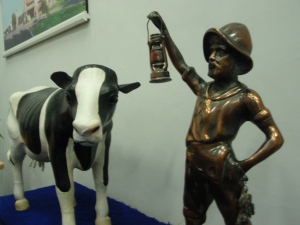“The Naxal movement started out as part of a clear ideology back in 1968, but today the only thread that holds them together is violence”. These were the first words spoken by Dr. Chhering Dorje, the Superintendent of Police for Chandrapur district and a highly distinguished IPS officer. The troubles first began back in the 1980s but only since early 2008 have they been brought to light, in part due to increased media attention. Having proven to be very shrewd operators, with precise planning going into their attacks and sustainable sources of funding through the natural resources[1] they live over, this is a crisis that cannot be taken lightly.
One of the solutions that has been proposed is to bring development to the affected regions. In theory this would appear effective, but any efforts on the part of the locals themselves have been fiercely suppressed. One such case is representative of the scenario: a group of boys left their Naxal-controlled district to look for jobs elsewhere, but came back without finding employment and got shot for deserting the rebel cause. Educated and people with aspirations are dealt with particularly severely. There is also a surrender program, whereby anyone who gives up his/her arms can be integrated into mainstream society[2], but the numbers haven’t been very promising.
The Naxals have been slowly spreading their tentacles and are even present in urban centers such as Mumbai, Pune and Nashik, albeit in smaller numbers. Their approach is to create discontent and the need for an uprising in small pockets, wherever they can take advantage of economic inequalities and anti-establishment sentiments. A conversation we had with a shopkeeper in Gadchiroli put this into perspective: he was educated, but couldn’t get a job with the government (almost no private sector there) because he was not willing to give the INR 2-3 lac bribe required to seal the deal. Even though he himself resisted the urge to take up arms, the Naxals seize upon this opportunity to recruit new cadres by not only offering them an opportunity for retribution, but also a “stable job” in their hierarchy.
Arundhati Roy, in a stinging critique of the government’s close association with the big corporations, points out the injustices that they suffer from and sympathizes with the rationale behind bringing about social and economic justice. Even though we were able to hear only one side of the story, that from the pro-establishment viewpoint, the brutality with which this supposed ideological war is being fought and the terror that it has unleashed amongst the common man calls for some action. The principles behind the movement remain compelling and the government-corporate nexus needs to be broken soon, but the means need to be altered.
According to Dr. Dorje, the solution is a collective and strong political willpower. He cites the example of Andhra Pradesh for having taken a tough stance and suffered significant casualties, but succeeded in pushing them out of the state. Operation Green Hunt is the manifestation of this position of the government which is currently underway; expects significant collateral damage if this goes ahead full steam.
[1] Bamboo, teak and tendu (used for making bidis) leaves are some of resources they have access to
[2] This is similar to what has been happening with the separatist ULFA movement in Assam, with those who surrender being called SULFA.


